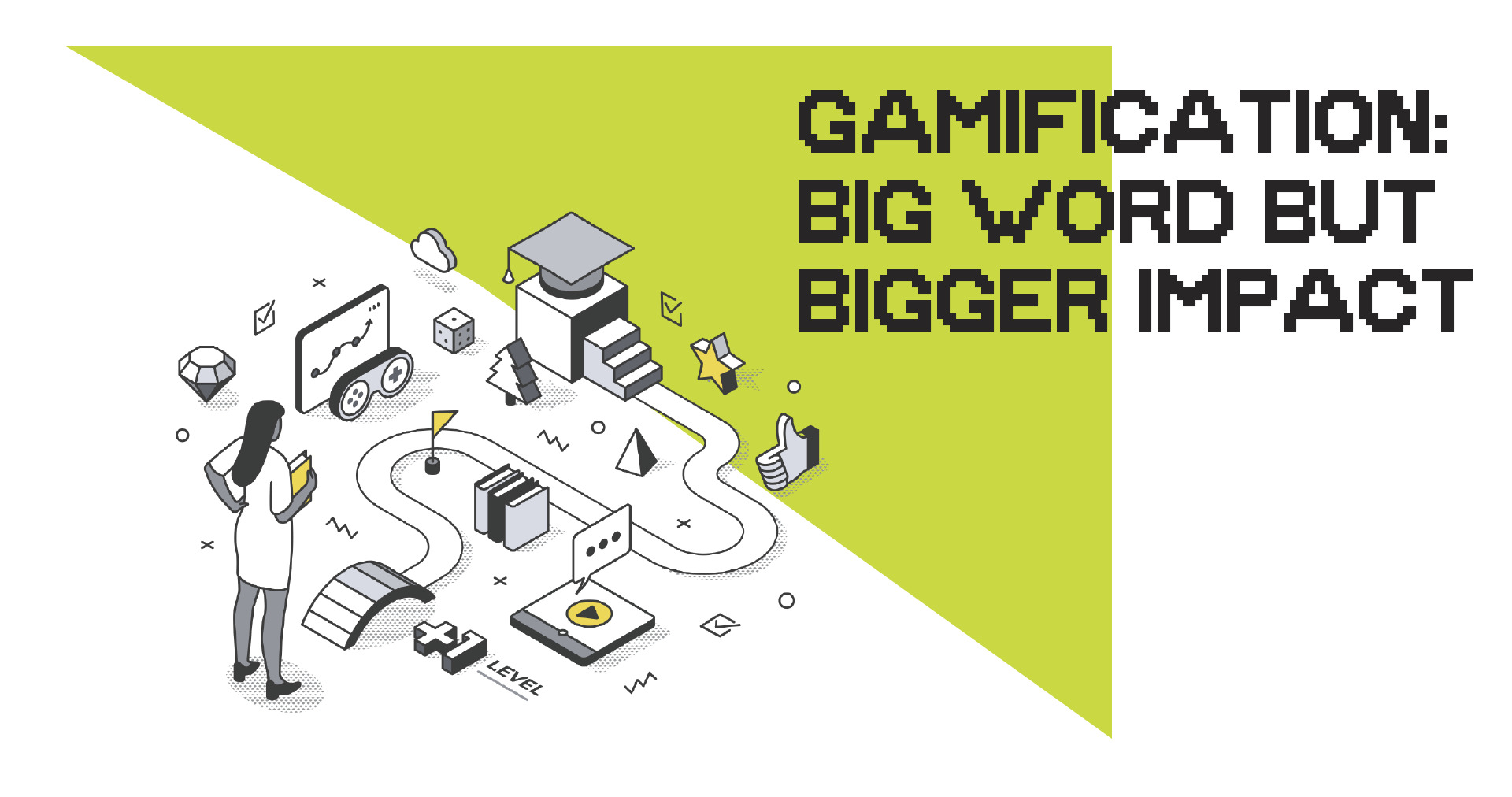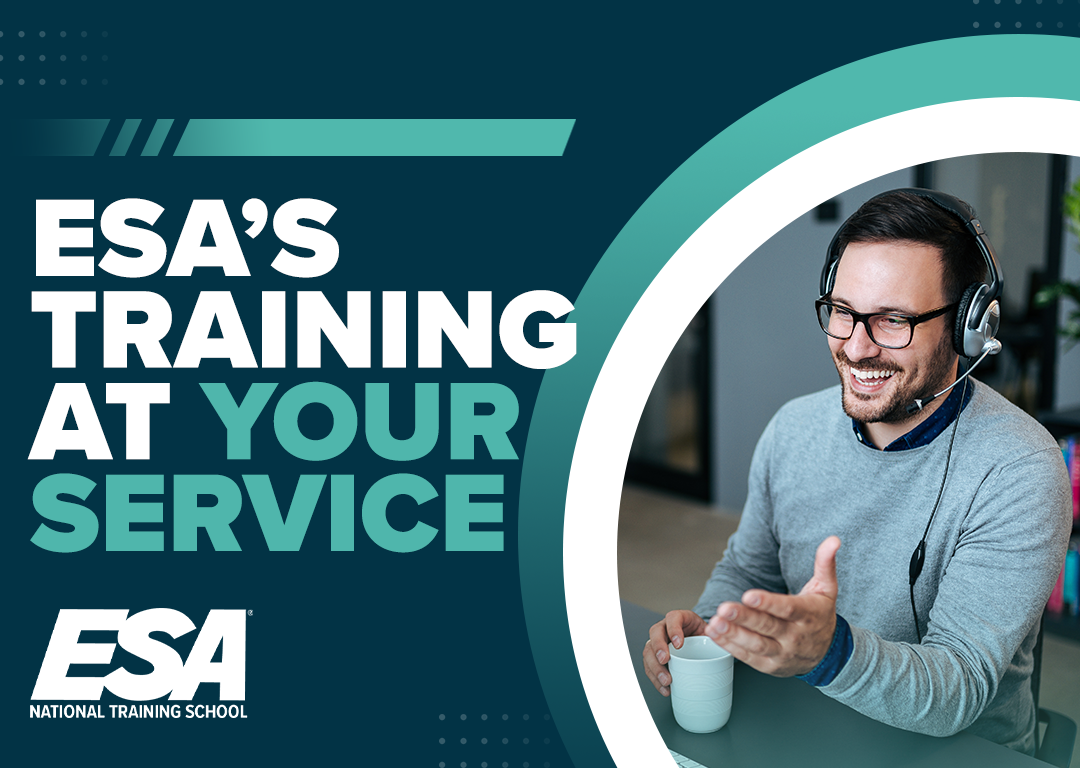
Gamification: Big Word but Bigger Impact
My son plays video games, to an obsessive level. He has a whole unit of friends that he plays with, and they have so much fun – if they aren’t yelling at each other, they are laughing their heads off. With all this said, I am sure my family is no different than many other families – games are a big part of our lives. They keep us entertained and motivated to either earn points, money, or simply to win. Using games in training is a tried-and-true method of doing the same thing – motivating people to keep learning.
Including Games In Training
Including games in training is called gamification. It’s a fancy name that simply means “adding game mechanics into nongame environments, like a website, online community, learning management system, or business’ intranet to increase participation.”. The objective of adding gaming elements into education is to motivate learners to stay more engaged in the learning process. It attempts to entice the learner to find their competitive side and enjoy the training more. At ESA’s National Training School, we use gamification in our online courses. There are games throughout the courses, for example a virtual basketball game, where students are given a content-related question, and if they get it right, they get to make a basket, but if they get it wrong, they lose points. A cool game we just added was to help put out a fictional fire. The more answers the student gets right the more water they have coming through the fire hose. Not only does the game make the quiz more exciting, but it also ties into the content of the fire alarm installation course.
Online Gamification
In online learning, we use software tools to help us develop and design the games, and these tools tend to need an instructional designer who is skilled at using them. However, companies can incorporate gamification into their internal professional development programs without a heavy lift of complicated software. Below is a list of ideas for incorporating gamification into your employee growth plans:
- Level Ups – most digital games have levels that are achieved through accomplishing various tasks. You can have levels established for your team members to achieve through either training, volunteering, positive customer feedback, or service calls completed successfully the first time. At your team meetings you can share “Level Ups” achieved and even provide small tokens or gifts to those that reach specific Levels. Sharing in a central location – like a bulletin board – the current levels of the team is also a good idea to encourage competition and recognition.
- Leader Boards – Like Level Ups, establishing a Leader Board is where you can list the highest ranked team members. Ranking can be calculated based on training milestones achieved, customer service recognition, etc. You can have different Leader Boards for different job functions as well. For example, you can have one for safety accomplishments, one for training, and one for customer service feedback. Having variety allows people to compete in different areas based on their skill set.
- Skins – In the gaming world, Skins refers to outfits and equipment that your avatar (player) gets to use. Skins get earned by points or playing time. Companies can use the “skin” game theme by awarding their employees with new gear or gadgets when they finish a training session or meet one of the other accomplishments listed above. A lot of companies automatically give their team members clothes or equipment, so make sure these earned Skins are unique and only given to those that reach the milestones.
Whichever method you choose to include gamification into your professional growth plan, it’s important to be sure that you reassess how effective the program is by getting feedback from your employees and ensuring that people are participating and progressing through the gaming levels. Not every company culture will adapt well to the gamification concept so be sure to reanalyze the purpose of the program and confirm it’s doing what you intended – encouraging professional growth. To see how ESA’s online courses utilize gamification, check out our extensive online course library at https://courses.esaweb.org.








